Top Things to Know Before Buying Easy Care Houseplants
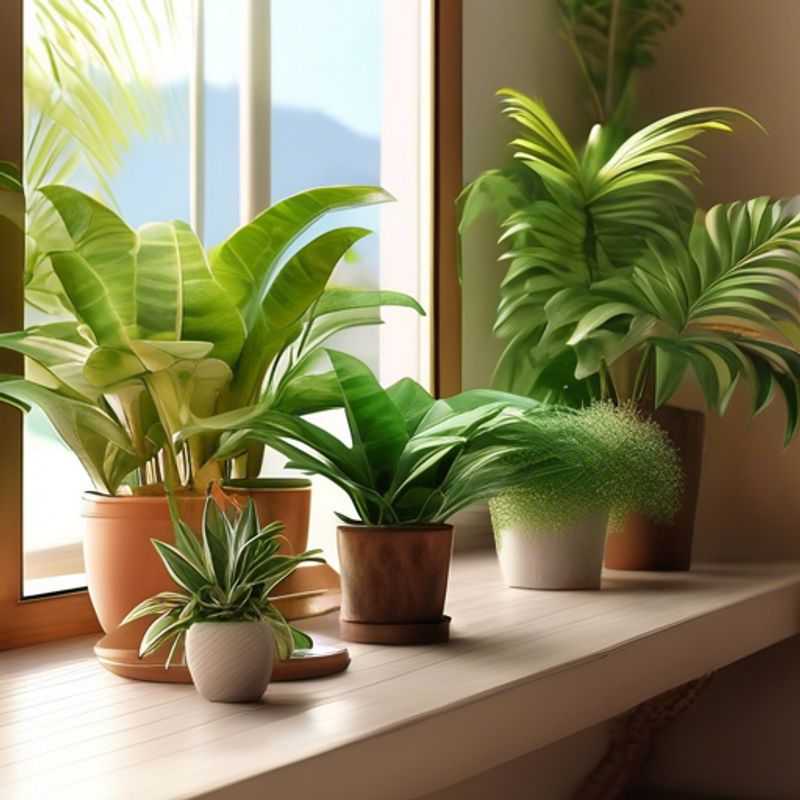
Top Things to Know Before Buying Easy Care Houseplants: A Comprehensive Guide
Bringing a touch of greenery indoors can be incredibly rewarding, but choosing the right houseplants is crucial. If you're looking for easy care options, there are several key factors to consider before you head to the nursery.
Firstly, research the specific care requirements for each type of easy care houseplant. While labeled as low-maintenance, different plants still have varying needs for light, water, and humidity. A thorough understanding of these requirements will set you up for success.
Next, consider the lighting conditions in your home. Choose plants that thrive in the amount of sunlight your space offers. For instance, if you have a dimly lit room, select plants that can tolerate low-light conditions.
Ensure the soil and pot size are suitable for the chosen houseplants. The right pot size allows for proper drainage and root growth, while the correct soil provides essential nutrients. Consider using well-draining potting mix to avoid overwatering.
Learn how often to water and fertilize your easy care plants. Overwatering is a common problem, so familiarize yourself with the signs of a thirsty or overwatered plant. A balanced fertilizer can provide the nutrients your plants need, but don't overdo it.
Understand the signs of over or under-watering to avoid plant issues. Wilting, yellowing leaves, or root rot are all indicators of potential problems. A little observation can go a long way in keeping your plants healthy.
Check if the houseplants are pet-friendly if you have furry companions. Some plants contain toxins that can be harmful to animals. Choosing non-toxic options will ensure a safe environment for both your pets and plants.
Finally, provide the right amount of humidity for the specific easy care plants.
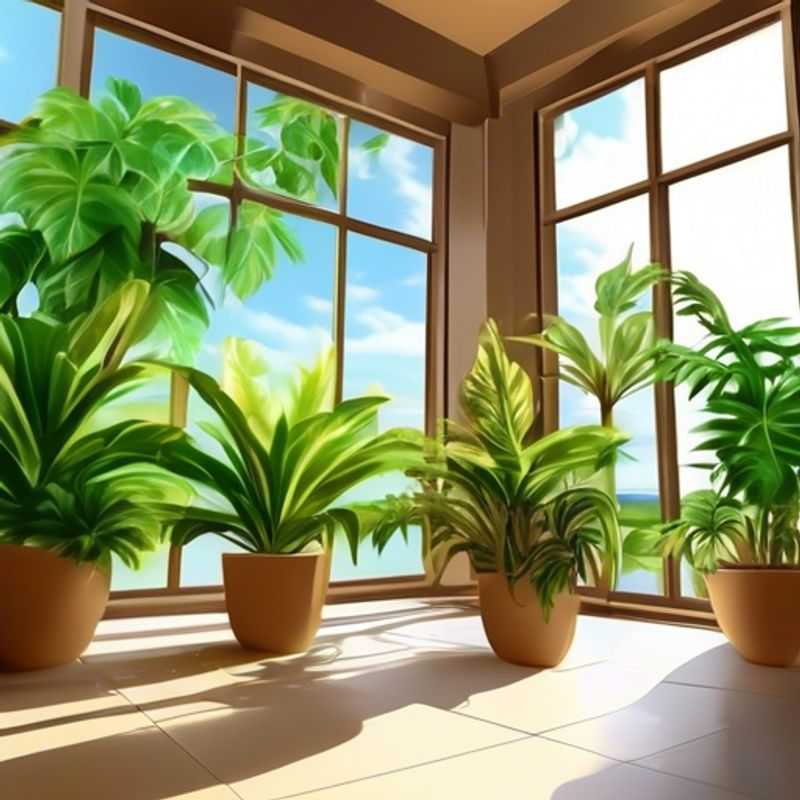
Decoding Easy Care: Understanding Specific Needs of Popular Houseplants
Caring for houseplants is a rewarding hobby, and choosing easy-care varieties can make it even simpler. To keep your plants thriving, understand their basic needs: light, water, and soil.
Start by researching the specific requirements for each type. Some plants, like succulents, prefer bright, indirect light and infrequent watering, while others, like snake plants, tolerate low light and occasional watering.
Observe your plants regularly for signs of needing attention: drooping leaves, dry soil, or discoloration can indicate a need for more water or light. When repotting, use a well-draining potting mix tailored to the plant's needs.
Consider investing in a moisture meter to gauge soil dryness, especially for beginners. It helps you determine when to water, preventing overwatering, a common cause of plant death.
Look for signs of pests like spider mites or mealybugs. If detected, isolate the affected plant and treat it promptly with an appropriate insecticide.
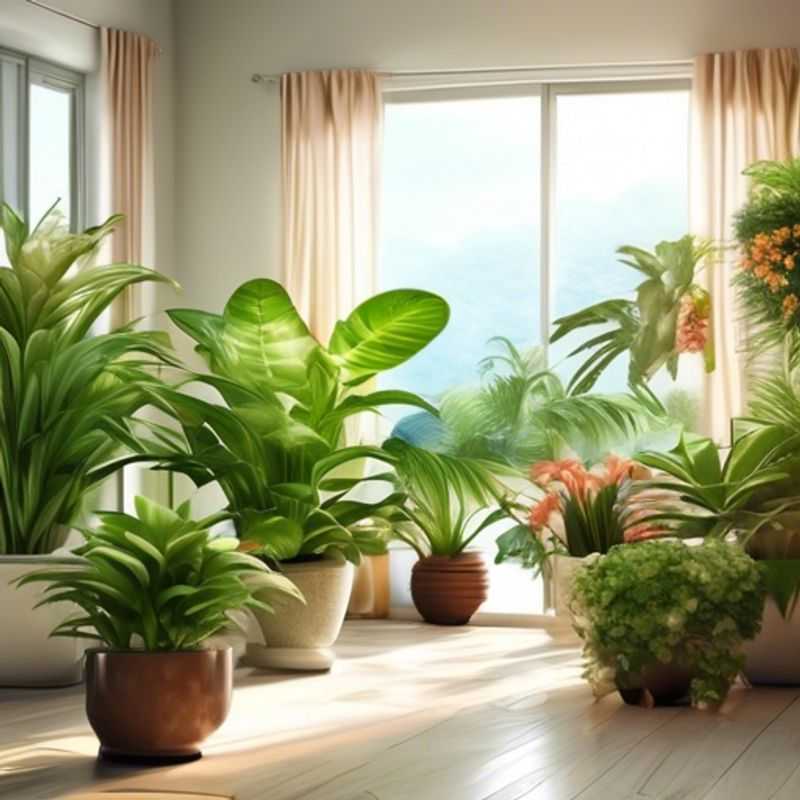
Light Up Your Life: Choosing Plants for Your Home's Lighting Conditions
Lighting plays a crucial role in plant growth. Different plants thrive in different light conditions. Understanding these requirements will help you choose plants that will flourish in your home.
Natural light is ideal for most plants. If your home has abundant sunlight, you have a wider variety of plants to choose from. Consider low-light plants if your home receives limited natural light. Some plants can tolerate artificial light, but it's important to ensure they receive adequate light exposure.
Window placement is key. South-facing windows receive the most sunlight, followed by west-facing and east-facing windows. North-facing windows provide minimal direct sunlight.
Plant selection is crucial. Research the light requirements of different plants before purchasing. Look for tags or labels that indicate light tolerance. For example, low-light plants can survive in dimly lit areas, while high-light plants require bright, direct sunlight.
Consider the size of your home and the space available for plants. Large plants might require more light than small plants.
You can supplement natural light with artificial light if needed. Grow lights are specifically designed to mimic sunlight, providing the necessary light for plant growth.
Regular observation of your plants is crucial. Monitor their growth, foliage color, and overall health to identify any issues related to light. Adjust their placement or lighting if necessary.
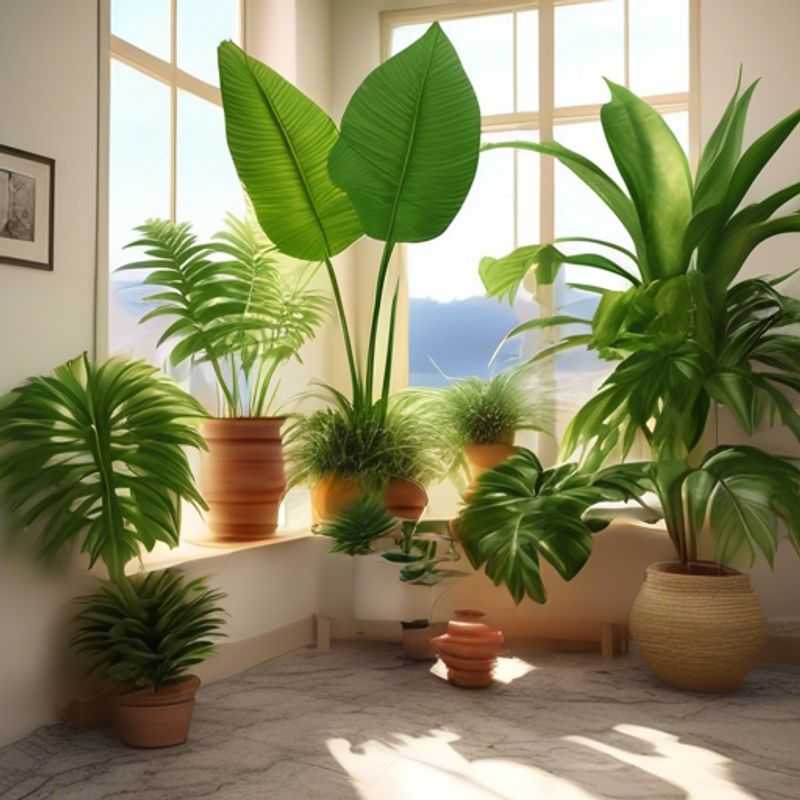
Getting the Right Soil and Pot Size for Happy Houseplants
Choosing the right pot size and soil is crucial for healthy houseplants. Start with a pot that's only slightly larger than the plant's root ball. A too-large pot can lead to excess water retention and root rot. As the plant grows, you can repot it into a slightly larger container.
The right soil should provide good drainage and aeration while retaining some moisture. A well-draining potting mix is essential for houseplants, as it prevents waterlogging. Look for mixes specifically designed for indoor plants or consider adding perlite or vermiculite to improve drainage.
Regularly check your plant's soil moisture. If the top inch of soil feels dry, water thoroughly until excess water drains out. Adjust watering frequency based on the plant's needs and the environment.
Repotting your plants into fresh soil every 1-2 years can benefit their growth. This provides them with fresh nutrients and encourages healthy root development.
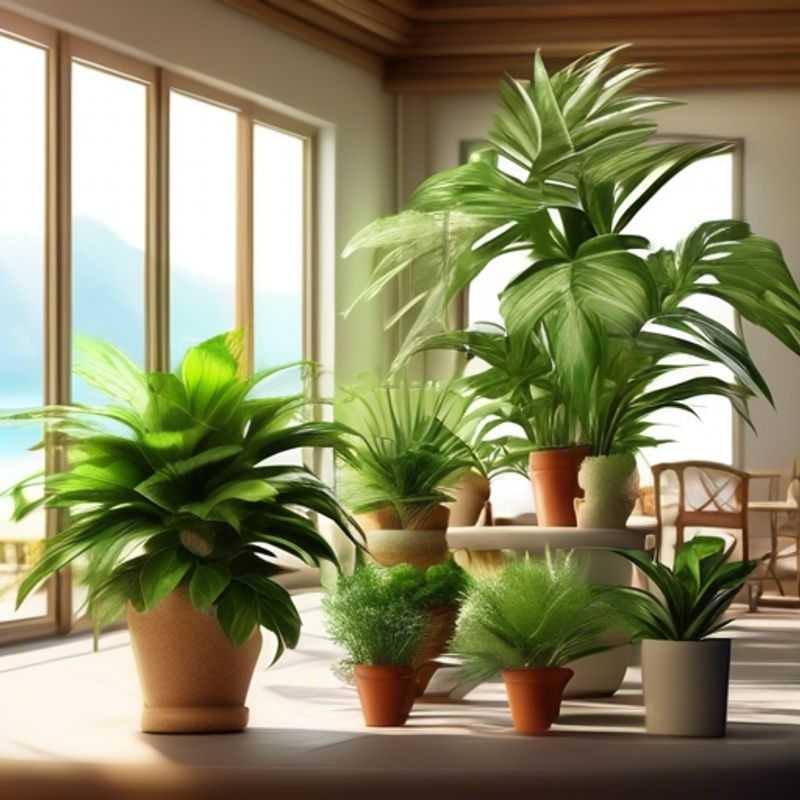
Easy Care Plants: Mastering the Watering and Fertilizing Routine
Maintaining a healthy and vibrant indoor garden doesn't require extensive effort, especially when you choose easy-care plants. Knowing the right watering and fertilization practices can significantly contribute to their well-being.
Watering frequency largely depends on the plant species, its size, and the environment. However, a good rule of thumb is to check the soil moisture before watering. Insert your finger about an inch into the soil; if it feels dry, it's time to water. You can also use a moisture meter for a more precise reading.
Fertilizing is crucial for providing essential nutrients to your plants. Easy-care plants typically require fertilization less often than their more demanding counterparts. A general rule of thumb is to fertilize once a month during the growing season (spring and summer) with a balanced liquid fertilizer diluted to half strength. Always check the fertilizer instructions for specific recommendations.
Remember, overwatering and overfertilizing can harm your plants. Monitor your plants closely and adjust your watering and fertilization schedule accordingly. You can also look for signs of overwatering, such as yellowing leaves, drooping stems, and soggy soil, and signs of overfertilizing, such as brown leaf tips, stunted growth, and wilting.
By following these simple guidelines, you can ensure your easy-care plants thrive, adding a touch of greenery and freshness to your home with minimal effort.
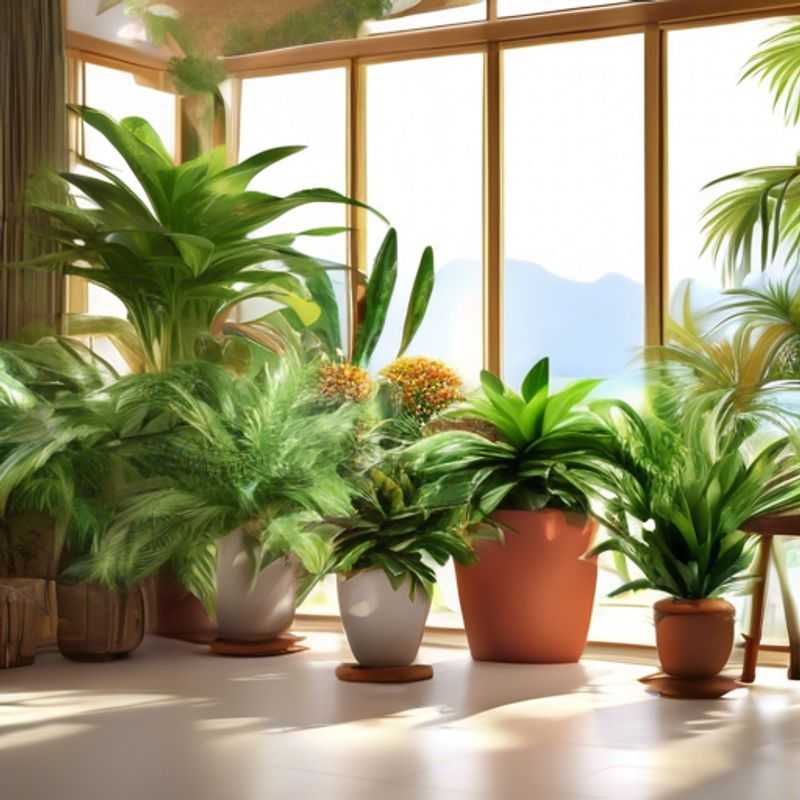
Decoding Plant Signals: Recognizing Overwatering and Underwatering for Healthy Growth
Knowing the signs of overwatering or underwatering is essential for keeping your plants healthy. Here's how to tell the difference:
Overwatering:
Yellowing leaves: This can be a sign of root rot, which happens when the soil is constantly wet, preventing roots from getting oxygen.
Wilting leaves: Ironically, overwatering can also cause wilting. This is because saturated soil suffocates the roots and prevents them from absorbing water.
Drooping stems: Similar to wilting leaves, drooping stems are often a sign of overwatering.
Mold or fungus: If you see mold or fungus growing on the soil surface or around the plant's base, it's a sign of excessive moisture.
Underwatering:
Dry, brittle leaves: If your plant's leaves are dry and crispy, it's a sign of dehydration.
Curled or wilted leaves: Leaves that curl inward or droop are also signs of insufficient water.
Soil feels dry to the touch: This is a clear indicator that your plant needs water.
Drooping stems: Similar to overwatering, drooping stems can also be a sign of underwatering.
Fallen leaves: If your plant is shedding leaves, it's a serious sign of dehydration.
Tips for prevention:
Use well-draining soil: This prevents water from pooling around the roots.
Water only when the top inch of soil is dry: This helps prevent overwatering.
Check your pot for drainage holes: Ensure your pot has adequate drainage holes to allow excess water to escape.
Choose the right pot size: An overly large pot can hold too much water, leading to overwatering.
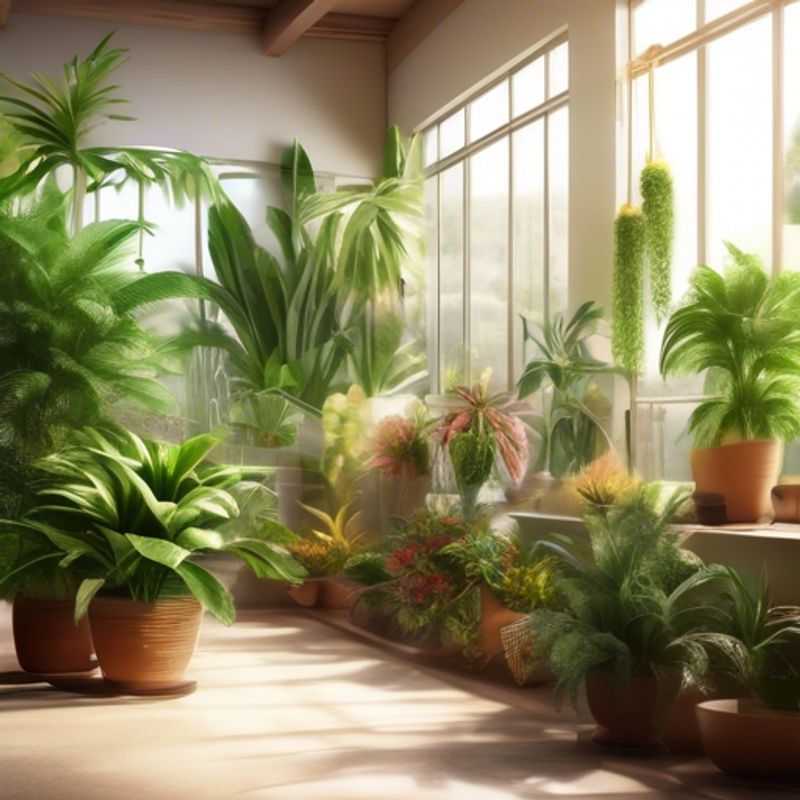
Pet-Friendly Plants: Ensuring Your Furry Friends Stay Safe
Bringing greenery indoors can enhance your home's aesthetics and air quality, but it's crucial to consider the safety of your furry companions. Not all plants are pet-friendly. Certain species can cause mild to severe reactions in pets if ingested.
Before introducing any new plants into your home, conduct thorough research to determine their toxicity levels for pets. Numerous online resources, such as the ASPCA website, can provide comprehensive information about plant toxicity.
Common houseplants known to be toxic to pets include lilies (all types), aloe vera, and snake plants. Symptoms of plant poisoning in pets can range from mild gastrointestinal upset to more serious issues like kidney failure.
If you suspect your pet has ingested a toxic plant, seek immediate veterinary attention. Provide the veterinarian with the plant's name or a sample for accurate diagnosis and treatment.
Choosing pet-friendly alternatives is essential for a safe and harmonious environment for both you and your furry companions. Consider non-toxic plants like spider plants, African violets, and ferns.
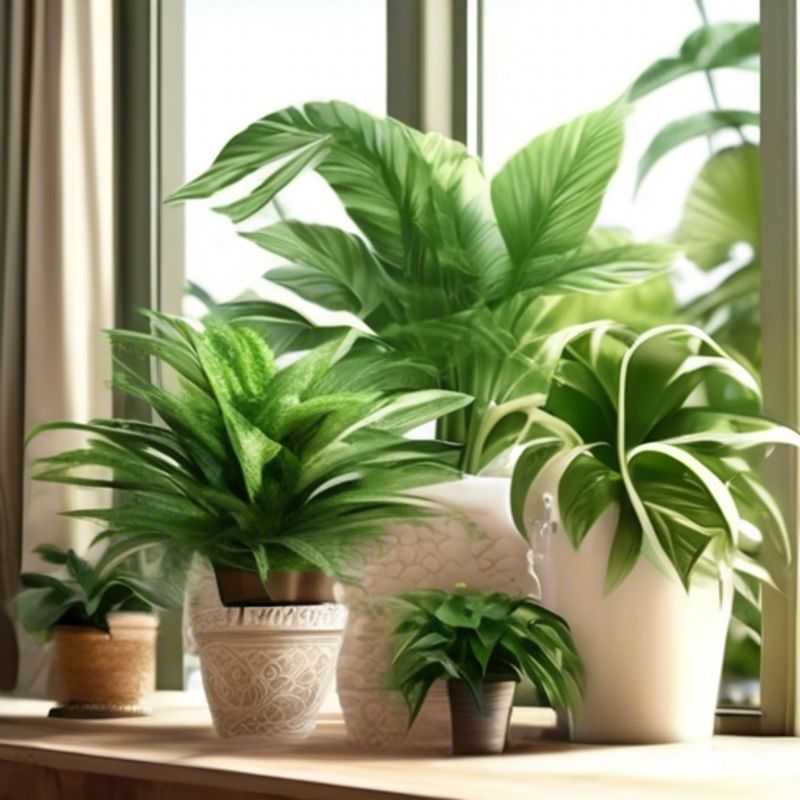
Humidity Hacks: Finding the Sweet Spot for Low-Maintenance Plants
Many easy-care plants thrive in average home humidity. However, certain species, especially those originating from tropical or humid environments, might require a little extra moisture in the air. You can achieve this without overcomplicating things.
Group plants together: Plants naturally release moisture through transpiration, creating a microclimate of increased humidity. This is a simple and cost-effective method.
Use a humidifier: These devices add moisture to the air, creating a more humid environment. Look for models suitable for the size of your room and your budget.
Pebble trays: Fill a tray with pebbles and add water, ensuring the pot base doesn't sit directly in water. As water evaporates, it increases the humidity around the plant.
Misting: Regularly misting your plants can temporarily boost humidity. Be mindful of over-watering; misting should be a supplement, not a replacement, for proper watering.
It’s important to remember that overdoing humidity can be just as detrimental as underdoing it. Observe your plants, and adjust your methods as needed. Research the specific needs of your plant species for optimal care.
